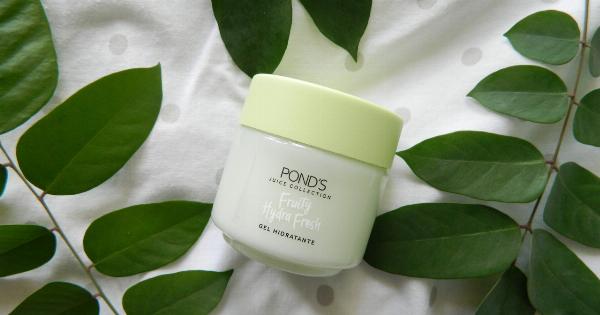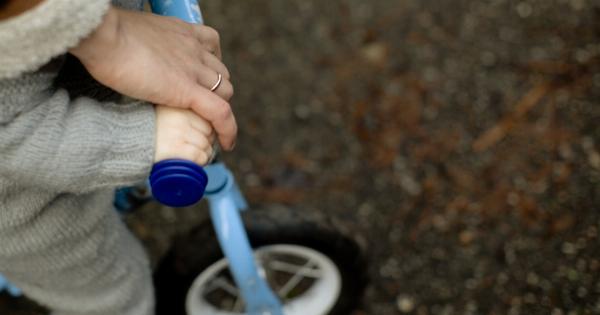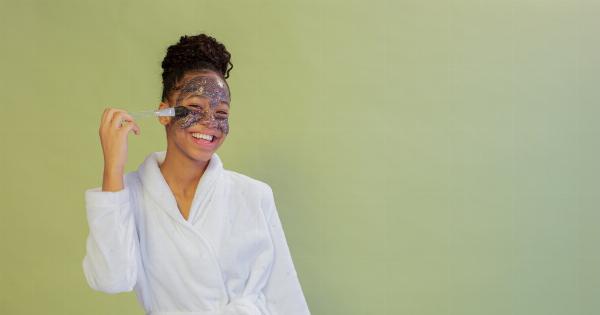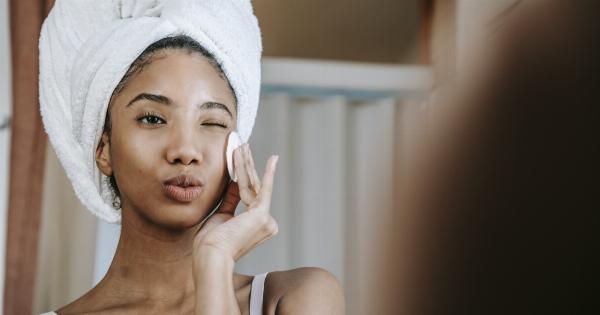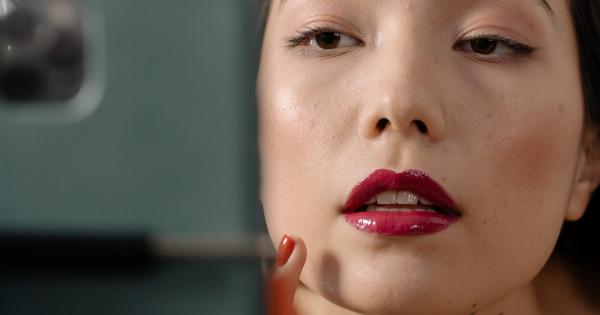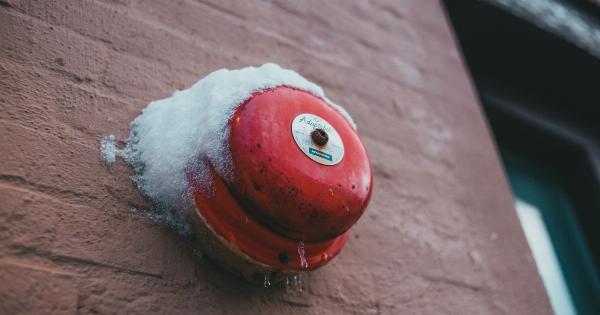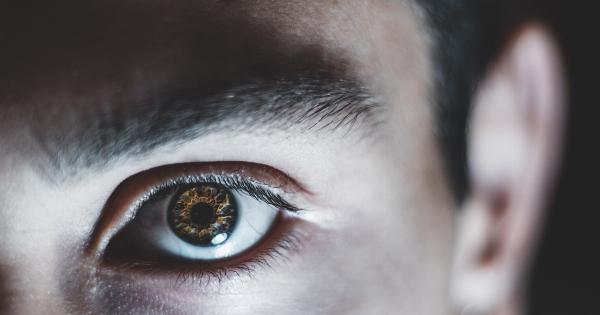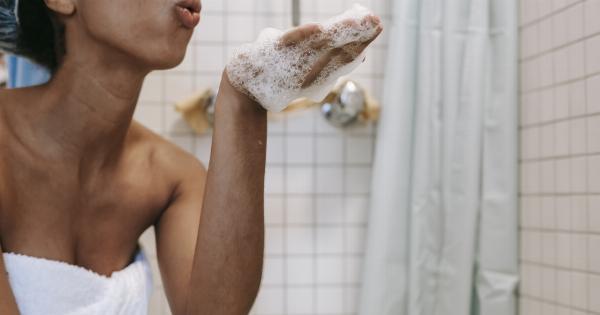Chapped lips can be a common occurrence, especially during the colder months. One of the most frustrating aspects of chapped lips is when they chafe on the edges. This can cause discomfort, pain, and even bleeding.
But why exactly does this happen? In this article, we will explore the reasons behind why lips chafe on the edges and offer some tips on how to prevent and manage this issue.
1. Weather Conditions
One of the primary culprits for chafing lips on the edges is harsh weather conditions. During wintertime or in dry climates, the air tends to be cold and dry.
This lack of humidity can lead to moisture loss from the lips, causing them to become dehydrated and cracked. When the delicate skin on the edges of the lips lacks moisture, it is more prone to chafing and irritation.
2. Excessive Licking of Lips
Many people have a tendency to lick their lips when they feel dry or chapped. While licking the lips can provide temporary relief, it actually exacerbates the problem in the long run.
The enzymes present in our saliva can dry out the lips further, making them more susceptible to chafing. Additionally, repeatedly licking the lips can remove the natural oils and moisture that protect the skin, leading to increased dryness and irritation.
3. Allergic Reactions
Some individuals may experience chafing on the edges of their lips due to an allergic reaction. Certain lip care products, such as lip balms or lipsticks, may contain ingredients that irritate the skin.
Common culprits include fragrances, preservatives, and dyes. If you notice chafing specifically in the areas where you apply lip products, it may be worth considering if you have an allergic reaction to one of the ingredients.
4. Vitamin Deficiencies
Poor nutrition can also contribute to chafing lips on the edges. Specifically, deficiencies in vitamins like vitamin B2 (riboflavin) and vitamin B12 can result in dry, cracked skin.
These vitamins play a crucial role in maintaining healthy skin and preventing excessive dryness. If your diet lacks these essential nutrients, it may be beneficial to incorporate more vitamin-rich foods or consider supplements to improve the condition of your lips.
5. Habitual Lip Biting
Some individuals have a habit of biting or chewing on their lips, which can damage the delicate skin on the edges.
This repetitive action not only creates an opportunity for bacteria to enter the broken skin, leading to infections, but it also causes trauma to the lips, making them more prone to chafing. Breaking this habit is crucial to prevent further damage and promote healing.
6. Sun Exposure
While we often associate sunburn with our skin, our lips can also get sunburned. Prolonged exposure to the sun’s harmful ultraviolet (UV) rays can damage the skin on the lips, causing them to become dry, chapped, and prone to chafing.
Applying a lip balm or lip product with SPF protection can help shield your lips from the damaging effects of the sun and prevent chafing.
7. Lack of Hydration
Dehydration is a common cause of chapped lips, and it can also contribute to chafing on the edges. When the body lacks sufficient hydration, the lips are among the first areas to show signs of dryness.
To keep your lips adequately moisturized, it is essential to drink enough water throughout the day and avoid excessive consumption of dehydrating beverages like alcohol or caffeinated drinks.
8. Breathing Through the Mouth
Individuals who habitually breathe through their mouths, especially during sleep, may experience chafing on the edges of their lips.
Mouth breathing leads to increased evaporation of moisture from the lips, making them vulnerable to dryness and chapping. Using a humidifier in your bedroom can help add moisture to the air and alleviate this problem.
9. Medications and Medical Conditions
Some medications, such as acne treatments or cholesterol-lowering drugs, can cause dryness as a side effect.
If you recently started taking any new medications and noticed chafing on your lips, it may be worth consulting with your healthcare provider to assess if the medication is the underlying cause. Additionally, certain medical conditions like eczema, psoriasis, or thyroid disorders can contribute to chronic dry lips and chafing.
10. Excessive Exfoliation
Exfoliating the lips can be an effective way to remove dead skin cells and promote smoothness. However, excessive or aggressive exfoliation can damage the delicate skin on the edges of the lips.
It is important to be gentle and use a lip scrub or exfoliator specifically made for the lips. Limit exfoliation to once or twice a week to avoid excessive irritation and chafing.
Chafing lips on the edges can be a bothersome and uncomfortable issue. Understanding the possible causes can help you adopt preventive measures to maintain soft and healthy lips.





